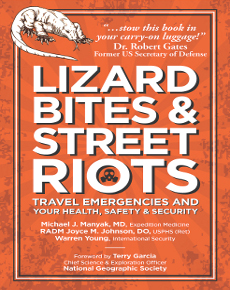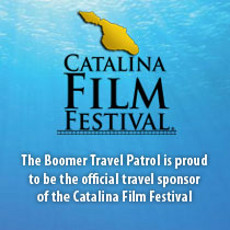Full Article:
It is a warm evening in Old Havana. You maybe had an early dinner, and are walking along the narrow streets of Old Havana, looking for one of the watering holes, to enjoy a refreshing Daiquiri, or Mojito, and listen to some live music played by a guitar trio… Or you are looking for a “paladar”, a private restaurant, for a late dinner, after a long day visiting museums or any other interesting place…
Whichever it is, the clock is close to striking 9:00 pm, when, suddenly, BOOM!! A very loud explosion bounces off every facade, and reverberates through every street and alley, and echoes in every square. It is the “Cañonazo de las Nueve”, the Nine O´Clock Cannon Shot. This is a tradition that has been kept, mostly uninterrupted since the 17th Century. This sound signal, which could be heard for miles around, marked the hour when the Gates in the City Walls would close for the night, and would not open for anyone until next morning.
Yes, Havana was a walled city. The wide avenues, Egido/Monserrate and Zulueta, and the blocks between them, mark the area where the Wall used to stand. It was demolished in the second half of the 19th Century, but some sections remain, larger ones, including one of the gates, are in the vicinity of the Central Railroad Station.
Havana was granted the Status of City by Philip II of Spain in 1592. Its importance as springboard for expeditions in the exploration and conquest of the American mainland, and later, as a gathering port for the Gold Fleet, which took all the spoils and riches of the New World to Spain, showed very early the need to have a fortified city. The coat of arms of the city includes three castles, but Havana was historically protected by seven castles (all still standing) and three towers with artillery, plus a watchtower to relay communications between one of the artillery towers and the main castle, at the entrance to the Bay.
“Castillo de La Fuerza”, the oldest fortress (1577) is now a maritime museum. “Castillo del Morro”, Morro Castle, with its iconic lighthouse, at the entrance to the bay, is now also a museum. “Castillo de San Carlos de la Cabaña”, on the hill south of “El Morro”, across the bay from the Old City, was the largest, and latest to be built to defend Havana. It was finished in 1774, and is the biggest fortress built by Spain in the New World. The 9 O´Clock Cannon is fired from its ramparts, using an original 18th Century artillery piece. Visiting “La Cabaña”, and watching the ceremony of firing the cannon is a trip recommended for history buffs. A squad of artillery soldiers, dressed in 18th Century uniforms, performs for the public every evening.
June 26, 2023







